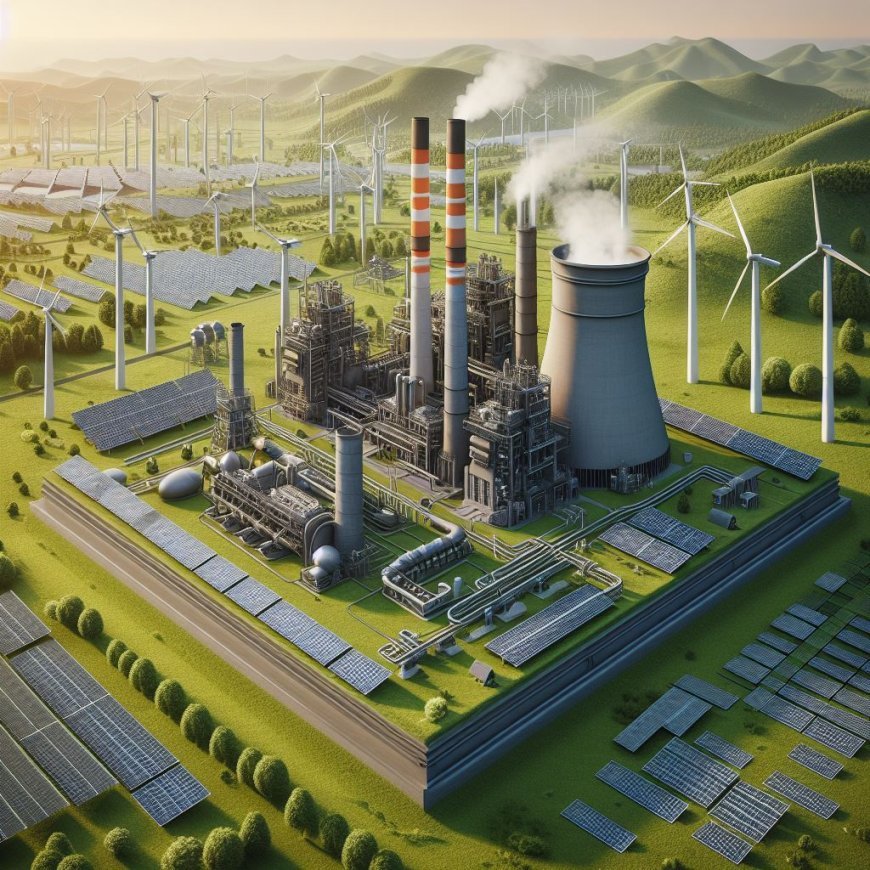Hydrogen Injection in Blast Furnace
Hydrogen Injection in Blast Furnace, Explore the innovative technique of hydrogen injection in blast furnaces, revolutionizing steel production. Learn about the benefits, challenges, and implications of incorporating hydrogen into industrial processes.

There has been continuous research over the years to reduce the carbon emissions from iron and steelmaking industries. These industries contribute approx. 7% of the total greenhouse gas emissions across the globe. To address this challenge, several options are being explored by these industries. Some of them are:
- Electrification of Heat Generation can significantly reduce emissions. It involves using electric arc furnaces (EAFs) instead of traditional blast furnaces.
- Enhancing the efficiency of steelmaking processes by Innovations in process design, material handling, and energy management, can lead to lower emissions.
- Recycling scrap steel reduces the need for energy-intensive primary steel production.
- Hydrogen Direct Reduction can be a promising solution. It can significantly cut emissions.
- Carbon Capture, Use, and Storage (CCUS)
- The electrolysis process, powered by renewable energy, can produce hydrogen and directly reduce iron ore. This approach eliminates the need for coal and reduces emissions.
- Green Hydrogen: Producing hydrogen using renewable energy sources (such as wind or solar) can replace fossil fuels in steelmaking.
Recently, there has been an increased interest in the use of hydrogen injection directly into the blast furnace. In the conventional process, iron ore reacts with carbon (from coke) to produce hot metal. But what if we replace some of that carbon with hydrogen?
Hydrogen Direct Reduction (H-DR) involves introducing hydrogen gas into the blast furnace. It acts as a powerful reducing agent, removing oxygen from iron ore without the need for carbon. As a result, we get direct reduced iron (DRI) or sponge iron, a cleaner alternative to hot metal.
Trials by Corporates
- In the year 2019, Thyssenkrupp started phase 1 of injection trials. Thyssenkrupp is the Industrial pioneer in climate protection with hydrogen. The first phase involved blowing in hydrogen at one of the 28 blow molds of blast furnace 9. At the beginning, there were short intervals, which were steadily extended in the course of the tests – from an initial few hours to up to 24. “The results confirm our simulations,” says Dr. Arnd Köfler. “At the same time, we have entered new technological territory here. We have to continuously analyze and evaluate the operating sequence to target the expansion of the tests.”
- In April 2023, India’s Tata Steel announced the testing of hydrogen usage in the manufacture of steel. The company replaced 40% with hydrogen, the largest quantity ever used in an injection test. In a statement, Tata Steel said: “The trial, involving injection of hydrogen gas using 40% of the blast furnace’s injection systems, has the potential to reduce the coke rate by 10%, translating into around 7%-10% reduction in carbon dioxide emissions per ton of crude steel produced.”
- Recently, in Feb 2024, Japan's largest steel maker, Nippon Steel, announced that they were able to cut their emissions by 33% by introducing hydrogen injection into the blast furnace. Nippon Steel aims to reduce existing blast furnace emissions by 50% through hydrogen injection and had previously announced it had cut CO2 by 22% from using the process in August 2023.
What's Your Reaction?























